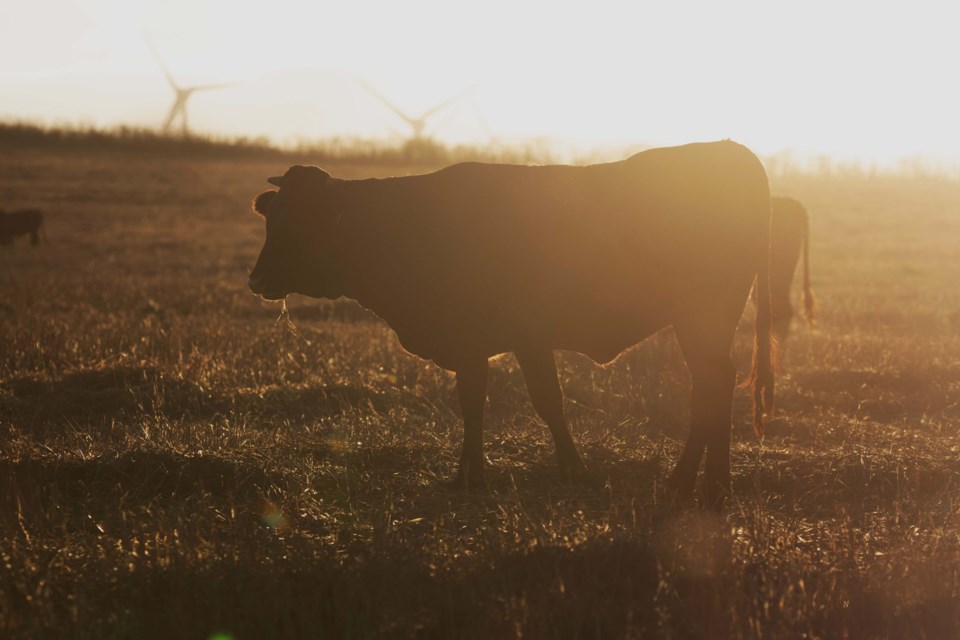The multiple 100-degree days North Texas is facing are not just putting a strain on our power grid, but also on the state’s cattle industry. The high temperatures are evaporating stock tanks and combined with the drought, there isn't enough grass to feed the animals.
Last week, USDA meteorologist Brad Rippey reported that 80% of Texas’ pastures were in either poor to very poor conditions. Ranchers have to choose between bringing hay from elsewhere, which would be more expensive with the recent gas price increase, or cutting their herd numbers down.
Ranchers fear this drought could be as bad as 2011’s that cost Texas agriculture $7.62 billion. Statistics released early this week showed that 97% of the state is going through some kind of drought. While Collin County is only facing abnormally hot and dry weather, our neighbors in Tarrant County are in a severe drought, with zones reaching extreme drought.
The lack of rainfall is having similar effects on Oklahoma and Kansas, and ranchers don’t even have the option to move their cattle to pastures in better conditions. They are being forced to cull or sell their herds. As reported by CBS DFW, last Monday the Decatur Livestock Market sold over 2600 cows, and trucks and trailers lined up for miles outside livestock markets around the state.
“Millions of cattle went to slaughter strictly because of the drought because they had nowhere else to go,” said Jon Taggart to the Forth Worth Star-Telegram. Taggart produces grass-fed beef, and last spring saw only three inches of rain in May, less than half of 2019-2021’s records. Not only did less forage grow this spring, but the little that did is now drying up.
Another reason for the severity of the current drought is that Texas’ soil gets moisture during the low temperatures and the steady rainfalls of winter, but this hasn’t happened this year. “2022 has been one for the record books,” rancher Lloyd Arthur told the Texas Tribune, “We’ve always compared years to 2011, as far as droughts and whatnot, but 2022 is worse. We don’t have any underground moisture.” Arthur’s cotton farm is located outside Lubbock, one of the most affected areas in the state.
At this point, ranchers are running out of time. Even if grass received sufficient water to grow, it would take too long to bounce back in time to feed the animals. CBS DFW reported that ranchers are selling their older animals and holding back on the youngest in hopes that the weather will get better, but as long as the drought goes on, cows will lose weight and value.
In case you missed it, check out Local Profile’s feature on high-quality beef.




